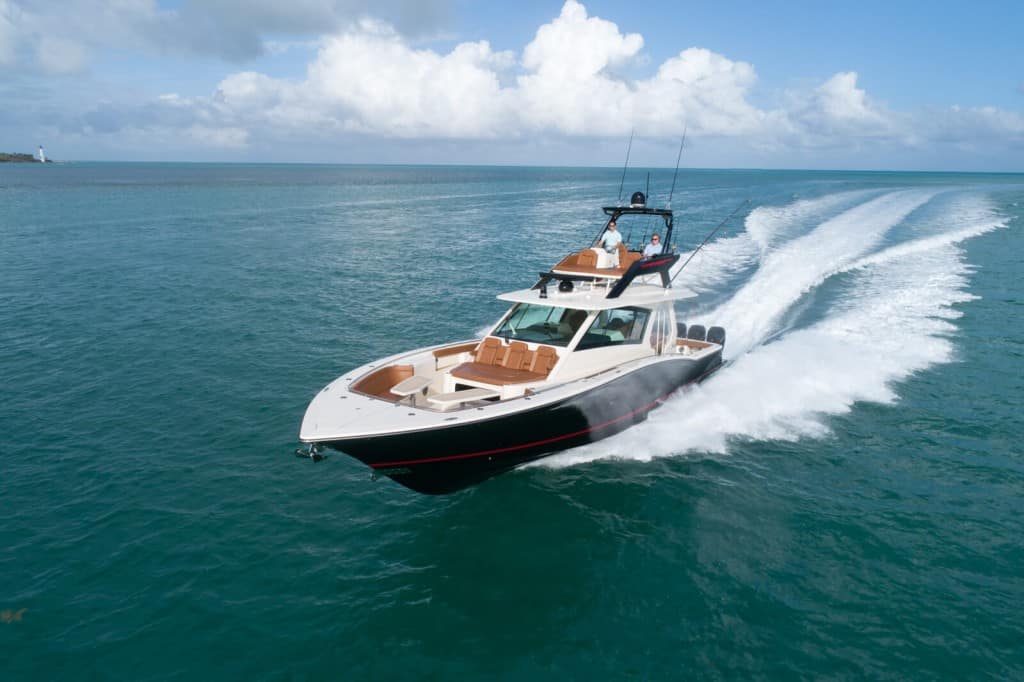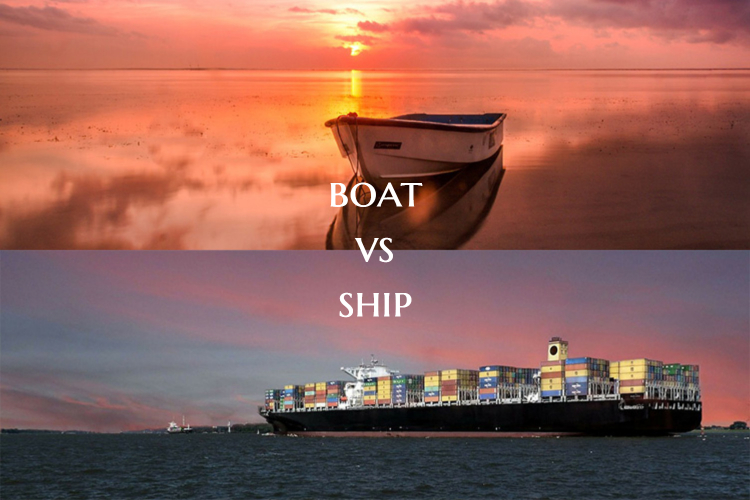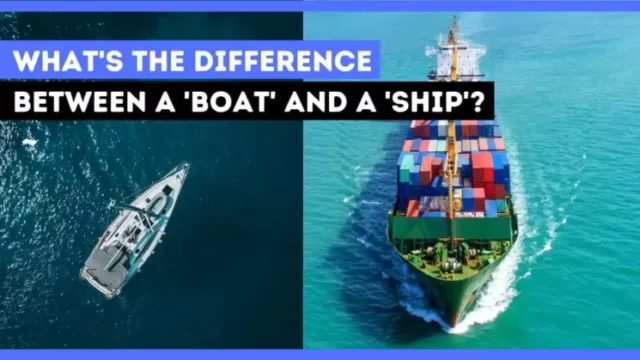While everyone knows the difference between a ship and a boat, there are quite a few people who often confuse the two terms. Technically, there is a fine line between them, which tends to lead to major confusion. In order to understand the difference between ships and boats, there are many aspects to consider. Let’s get into some definitions and we’ll start with the easiest to explain: what is a ship? What is a boat?
What Is A Ship

The word “ship” is often associated with a very large ship that is less exotic than a yacht (with one exception, cruise ships can still be very exotic, but are called ships because of their size and power.)
With some exceptions in the Great Lakes, ships are generally so large that they will never be found in the lakes, and they are built to sail on the high seas. Ships can refer to cruise ships, warships, oil tankers, container ships, and many other merchant ships.
Ships tend to have advanced navigation and technology, but they are much more advanced than yachts due to their size, speed, and course. They traverse long stretches of time in the open ocean, from continent to continent, and yachts may rarely cross the ocean and tend to stay close to land.
There will also be a lot more crew on board than a yacht or boat. Ships are often so large that they require not only a trained navigator, but a team of navigators, plus an entire engineering team, and include more positions.
Finally, ships are used to transport things. This could be passengers, yes (referring to cruise ships and some navy ships), but most ships are used to carry cargo or even carry equipment to work on other ships, including maintenance or refueling.
What Is A Boat

Well, boats are hard to define because yachts are technically boats and boats are technically boats. But when people refer to boats, they almost always mean something smaller than a yacht or ship. Boats can be motorized, like speedboats, sailable, or human-powered, like rowboats or kayaks. Really, anything including a life raft can be called a boat.
7 Differences Between a Ship and a Boat

1. Size
The most important aspect to consider when illustrating the difference between a boat and a ship is size. It is said that the best way to distinguish a boat from a ship is to remember that “a ship can carry a boat, but a boat cannot carry a ship.”
Technically, means of transport by water weighing at least 500 tons or more are classified as ships. In contrast, the structural dimensions and displacement of the prescribed boats are quite compact.
2. Working area
A major difference between boats and ships is their operating area. Ships refer to ships operating in marine areas and on the high seas. They typically include cruise ships, warships, tankers, container ships, ro-ro ships, and ships at sea. They are mainly used for transoceanic freight/passenger transportation.
In contrast, boats operate in smaller/restricted waters, including ferries and tugboats, sailboats, paddle boats, kayaks, canoes, patrol boats, and more. Boats are mainly used for smaller purposes, mainly in areas close to the coast.
3. Navigation and Technology
Technically, vessels are simple vessels with less complex equipment, systems, and operational maintenance requirements. As ships need to operate longer and travel across oceans, they need to be manned using advanced engineering, heavy machinery, and navigation systems.
4. Crew
This is one of the main differences between boats and ships.
The ships are huge, so they are operated by professionally trained navigators and engineers. Ships need a captain to operate the ship and instruct the crew.
On the other hand, the size of the crew on board depends on the size of the boat. Depending on the size and purpose of the boat, it can be a single person or a full crew member.
5. Cargo Capacity
Boats are small and medium-sized vessels, and their cargo capacity is much smaller compared to ships.
Ships are specifically designed to carry cargo, passengers or vessels, and “boat” is a generic term used for various types of boats.
Boats are mainly used for recreation, fishing or ferries.
6. Construction and Design
In terms of construction and design, ships are complex structures with various mechanical systems and design aspects to ensure their safety and stability.
The construction and design of the boat are very simple, and the machine and design complexity are low.
7. Advance
Boats can be powered by sails, motors, or human power, while ships have dedicated engines to power them. (Ships can also be propelled with sails or other advanced propulsion technology)
Although all vessels operating on the high seas are called ships, diving vessels are classified as boats
This is mainly because in previous centuries diving boats could be hoisted on board until they were required for naval operations.
Conclusion
The use of the term “boat” or “ship” also depends on the region in which it is located. People from several countries often refer to a medium-sized fishing vessel as a boat, or a medium-sized ferry or recreational vessel as a boat. As can be seen, people tend to generalize vessels based on their size.
However, it is important to note that the difference between a ship and a small boat depends on many of the factors mentioned above.

